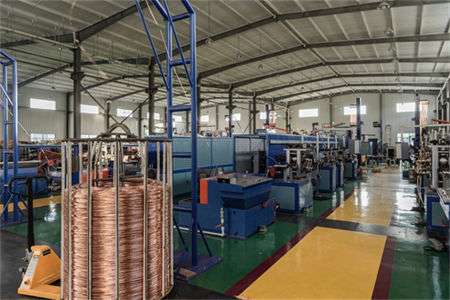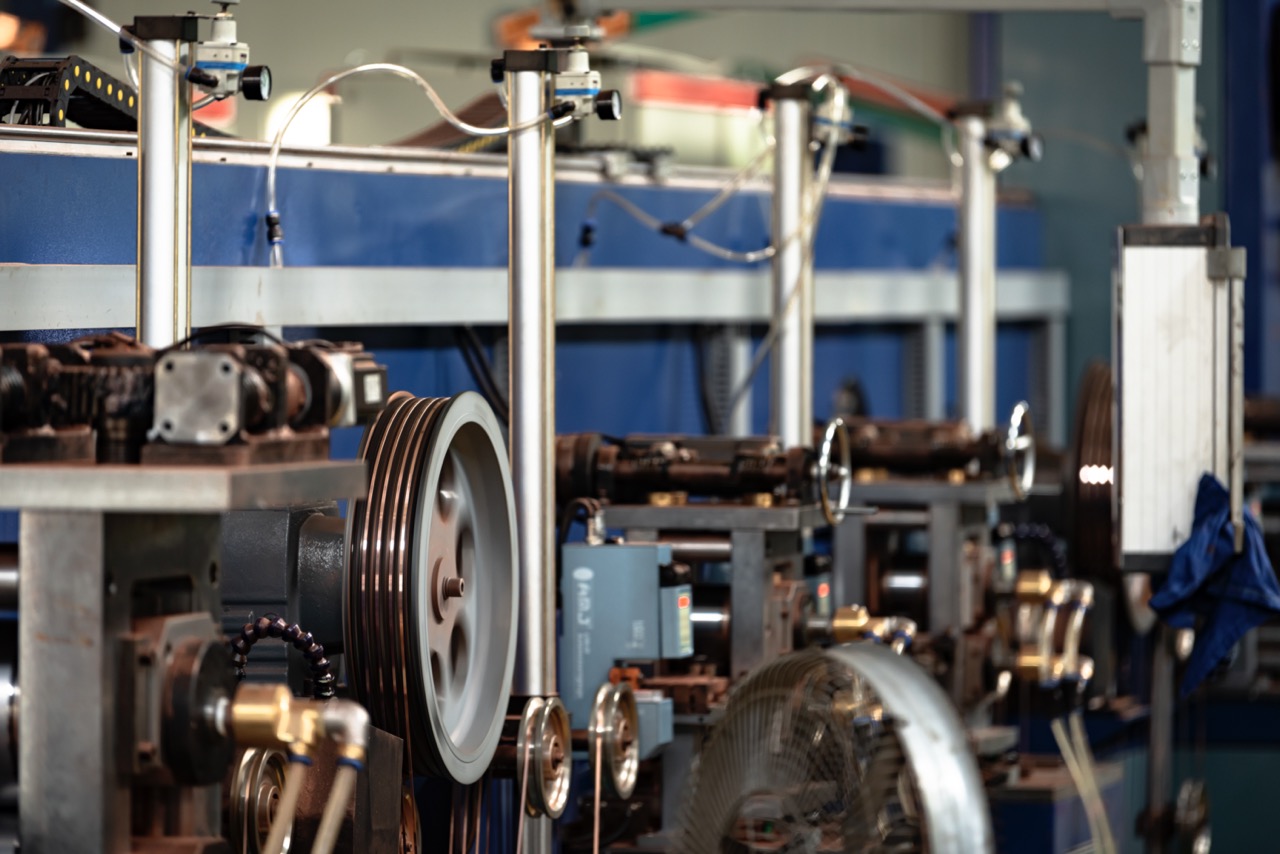The reasons why copper-clad aluminum welding strips have become the first choice for many photovoltaic companies can be mainly attributed to the following points:
1. Significant cost advantage
- Material saving:Copper clad aluminum welding strip uses aluminum as the core material and is covered with a layer of copper on the outside. The price of aluminum is only about 1/3 of copper, which greatly reduces the material cost.
- Strong substitutability: Under the premise of ensuring performance, copper-clad aluminum welding strip can replace traditional pure copper welding strip, thereby effectively reducingPhotovoltaic modulesproduction costs.
2. Excellent electrical conductivity
- Modern copper-clad aluminum welding strips use advanced technology to significantly improve the thickness and bonding strength of the copper layer, solving the problem of insufficient conductivity.
- The good combination of copper layer and aluminum core makes the performance of the welding ribbon close to that of pure copper welding ribbon when conducting current, meeting the needs of efficient power generation of photovoltaic modules.
3. Light weight, suitable for large photovoltaic projects
- The density of aluminum is about 1/3 of that of copper, and copper-clad aluminum welding strip is significantly lighter than pure copper welding strip.
- The reduced weight makes photovoltaic panels more convenient in installation, transportation, maintenance and other aspects, reducing the overall cost.
4. Environmental protection and sustainable development
- Aluminum is abundant, has lower carbon emissions than copper in its production process, and is easily recyclable.
- Copper clad aluminum welding strips are in line with the green development concept of the global market, especially the European market, and help photovoltaic companies achieve the goal of sustainable development.

5. Reliable performance, breaking through technical bottlenecks
- Copper layer thickness and uniformity:Through advanced production technology (such asRaytronThe technology solves the problem of the copper layer being too thin and ensures the conductive and anti-oxidation properties.
- Bonding strength:A special process is used to enhance the bonding between the copper layer and the aluminum core, avoiding the problem of incomplete bonding of traditional copper-clad aluminum materials.
- Durability:Copper clad aluminum welding strips show better anti-oxidation and corrosion resistance in harsh environments such as high temperature and humidity, meeting the requirements of long-term use of photovoltaic modules.
6. Policy and market demand
- Policy push:While pursuing cost-effective components, the global photovoltaic market is also supported by renewable energy policies of various countries, encouraging the application of innovative materials.
- Market competition pressure:Photovoltaic companies need to find a balance between cost and efficiency, and copper-clad aluminum welding ribbon has become an ideal choice in line with this trend.
7. Improve component efficiency
- Copper clad aluminum welding strip has lower contact resistance and better welding performance, which reduces energy loss and improves the power generation efficiency of photovoltaic modules.
- The combination of high conductivity and low weight brings higher cost-effectiveness to photovoltaic systems.
8. Stability of global supply chains
- The price of copper resources fluctuates greatly and the supply is tight, while aluminum resources are more abundant and the price is stable.
- Copper-clad aluminum welding strips have reduced the dependence of photovoltaic companies on copper resources to a certain extent and improved the risk resistance of the supply chain.
Summarize
Copper clad aluminum welding stripLow cost, light weight, excellent performance, environmentally friendly and sustainable, adaptable to market demandWith multiple advantages such as high cost-effectiveness, it has become the preferred material for photovoltaic companies. This not only helps companies reduce production costs, but also improves the competitiveness of photovoltaic modules and promotes the development of the global photovoltaic industry.
